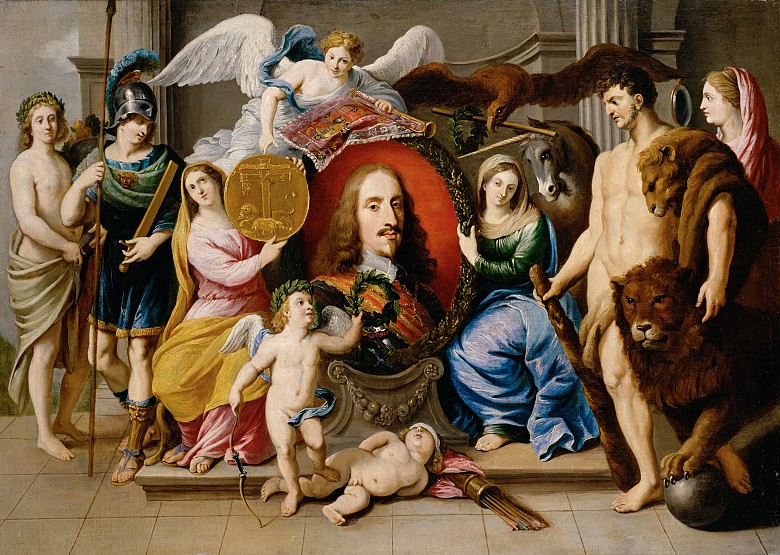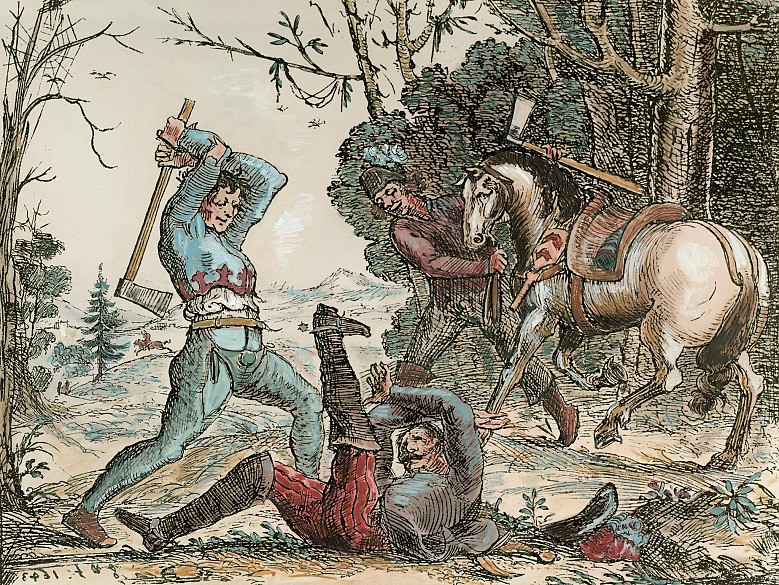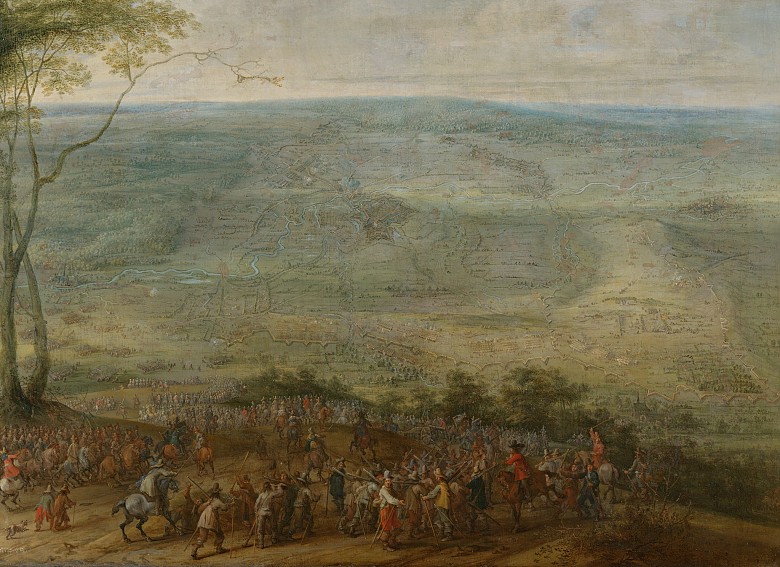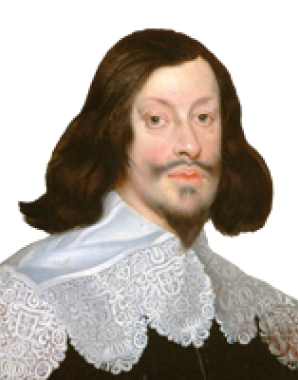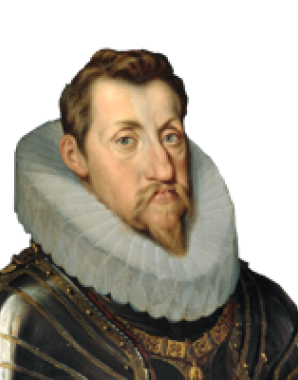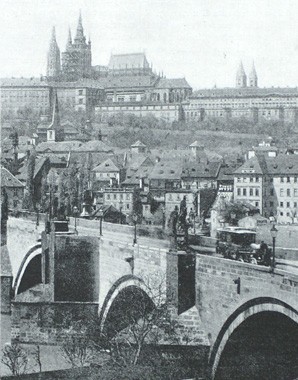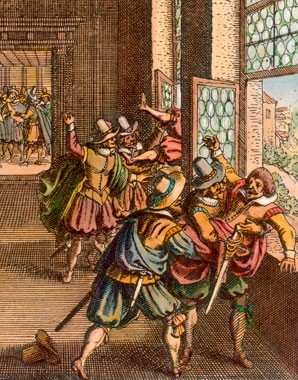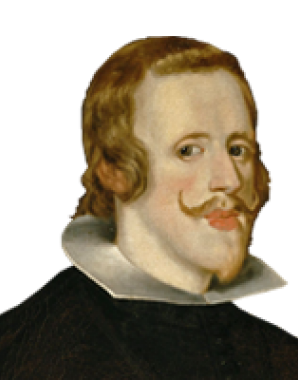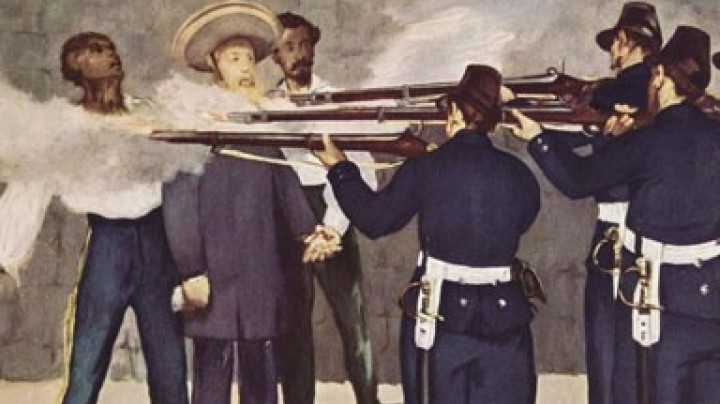The war’s terrible final phase
The entry of France into the conflict ushered in the final and most terrible phase of the Thirty Years’ War. It was to last for another thirteen years.
From the chronicle of the Thirty Years’ War by the Aulic Councillor Count Volkmar Happes, concerning the death of Ferdinand II in February 1637In this month the Roman Emperor Ferdinand II also died, without having lived through a single hour of peace in his whole reign. On the contrary, he spent his whole time with cruel and wretched wars, which have led to many tens of thousands of innocent Christians losing their lives, worldly possessions, and honour, and by which the whole of Germany has been brought to a state of ruin.
Even in the 1620s France had given financial and diplomatic support to the Emperor’s adversaries. French policy was determined by Armand-Jean du Plessis de Richelieu, better known as Cardinal Richelieu. In 1635 the French king Louis XIII declared war on Philip IV of Spain. From this point onwards, it was a war for supremacy in Europe: France had set its sights on breaking up the combined power of the Austrian and Spanish lines of the house of Habsburg. This was the longest and most terrible phase of the Thirty Years’ War. It lasted until 1648, with battles being fought all over Europe.
The original religious issues that had set the machinery of war in motion were now of peripheral significance: after all, the Habsburgs’ principal adversary, France, was also Catholic. The mercenaries of which the armies were to a large extent composed were drawn from all religious confessions. Increasingly they only fought for money and booty – who they were fighting for and to what end were secondary matters.
This was the chaotic situation inherited by Ferdinand III on his father’s death in 1637. The internal momentum that the war had gained made the peace negotiations of the 1640s a long-drawn-out affair. The new emperor was supported by his younger brother Archduke Leopold Wilhelm, who was made supreme commander of the imperial army in 1645 with the same powers as the late Wallenstein. Leopold Wilhelm was bishop of the sees of Passau, Strasbourg, Halberstadt, Olmütz, and Breslau. After the war he became governor of the Netherlands.
The year 1645 saw Swedish troops advance into northern Lower Austria; the towns of Krems and Stein on the Danube west of Vienna capitulated after a lengthy siege. When Vienna also came under threat, Leopold Wilhelm proved to be the saviour of the Residence city, capturing the critical bridgehead in Brigittenau and forcing the Swedes to retreat. Finally, the war ended where it had begun: the Swedes stormed and plundered Prague, though they could not take the city. Simultaneously, a few hundred kilometres to the west, the war was brought to a formal conclusion with the Peace of Westphalia.
